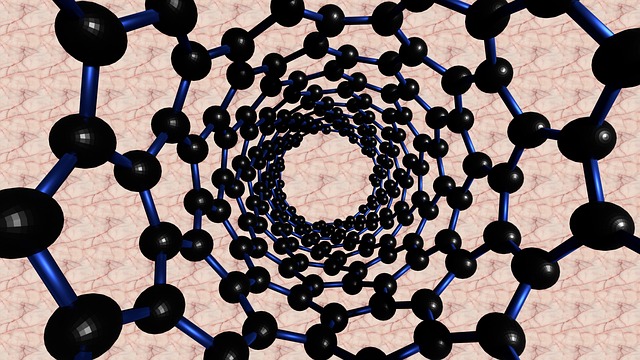Nanotechnology in Medicine and How It Eliminates Cancer
“We now can create a pathway to fight cancer to a standstill. Not to cure it, per se, but to make it a survivable feature of the human condition.”
-Dr. Patrick Soon-Shiong
Nanotechnology is the coolest scientific discovery in the last decade. In simple terms, nanotechnology in medicine is the use of small molecules engineered to deliver drugs to a targeted cell or to detect particles on abnormal tissue such as cancer cells.
The most beneficial use of nanotechnology in medicine today is in the field of cancer, and the leader of this revolution is LA billionaire and philanthropist, Dr. Patrick Soon-Shiong. His company, NantHealth is a “transformational healthcare company converging biomolecular medicine and bioinformatics with technology services to empower physicians, patients, payers, pharma and researchers to transcend the traditional barriers of today’s healthcare system.”
In the current system of cancer treatment, we start out with detection of cancer when cells have already multiplied to thousands and visible on either an imaging study or by palpation of a mass. By this time, it’s possible the abnormal cells have moved on to other sites in the body, at which time removing the mass does not result in cure. With nanotechnology in hand, doctors can detect abnormal cells in early stages, and even learn how they digress from normal, or transform in real time. Then the pathologists will analyze the unique characteristics of that particular individual’s cancer with genomic and proteomic analysis, then prescribe a specific nano-size particle delivery method to act on the cancer cells. We will be able to focus on the cancer cells better, leaving surrounding healthy tissue intact.
The result: better chance of cure and long term survival.
A couple of years ago, I started following the care of a woman in her fifties, and on routine pap smear, we detected abnormal cells. She was found to have advanced stage cervical cancer. We referred her to an oncologist and months went by before she returned again for follow up care. I learned her entire cervix, uterus and ovaries were removed, 6 weeks of chemotherapy administered throughout her body, and 6 weeks of radiation therapy blasted on her pelvic organs. She was cured, though with a side effect of incontinence and cholesterol abnormalities. She was thrilled to know her cancer had been cured, but saddened by the adverse effects the therapies left behind- issues she will have to deal with for many years to come.
In the not so distant future, by using nanotechnology instead of traditional treatment, the scenario would have been like this:
- A urine detection kit similar to a home pregnancy test will be sent home with my patient.
- A positive blue mark will detect abnormal proteins secreted by the cervical cancer cells.
- I would refer her to an oncologist who would analyze her case using Eviti, a holistic, comprehensive, web-based decision support application
- They will send the tissue for histologic analysis using a standard microscope, then break down its individual components
- Obtain the DNA and proteins information
- Develop a targeted drug to be delivered to those proteins
- Thereby, only the cells expressing that protein will be destroyed and nothing else.
- She will have cure in a matter of weeks.
If you or anyone you know has had the unfortunate diagnosis of cancer, you are aware of the grueling side effects that are coupled with traditional modalities and most times, without a definite cure. Now, with nanotechnology, we are looking at a much easier and painless experience in the battle against cancer. With companies such as NantHealth, which offer therapies utilizing nanotechnology, we are really looking into the future of cancer cure. Now, that’s what I call best medicine.

